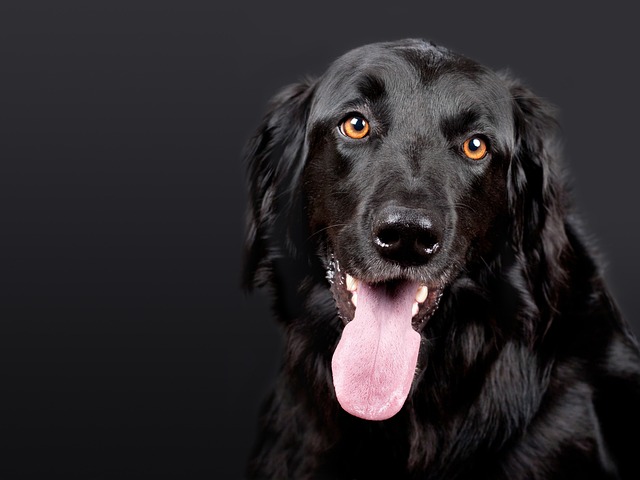
What are the complications of Cushing's disease in dogs?
Cushing's disease in dogs often flies under the radar until subtle symptoms snowball into bigger issues, and many owners don’t realize how it can ripple through their pet’s health.
If you’ve ever watched your dog scratch until their skin turns red, or noticed them licking their paws raw after a walk, you’ve probably wondered what’s causing their discomfort. New dog owners, like my friend who has a 4-year-old poodle mix named Charlie, often feel stuck—Charlie started breaking out in hives after meals, and she had no idea if it was his food, the new laundry detergent, or something in the park. Figuring out a dog’s allergies takes patience, but with a few simple steps, you can pinpoint the culprit and help your pup feel better.
Dogs can be allergic to almost anything, but the most common triggers fall into three categories: food (like chicken, wheat, or dairy), environmental factors (pollen, dust mites, grass), and contact allergens (certain fabrics, cleaning products, or even flea saliva). Allergies show up as itchy skin, ear infections, or digestive issues—Charlie’s hives were a classic reaction to a food allergen. The tricky part is that symptoms can take hours or even days to appear, so it’s not always obvious what’s causing the problem. Think of it like how some people break out in a rash days after eating shellfish—it’s not immediate, but the connection is there.

Start by keeping a “symptom journal.” Write down when your dog scratches, licks, or breaks out, and note what they ate, where they walked, and any new products you used. Charlie’s journal revealed his hives always appeared 12 hours after he ate his chicken-based kibble. Next, try an elimination trial: for food allergies, switch to a limited-ingredient diet (like duck and sweet potato) for 8-12 weeks, avoiding all other foods. If symptoms improve, slowly reintroduce old foods one at a time to see what triggers a reaction. For environmental allergies, try keeping your dog inside during high pollen days or switching to a hypoallergenic laundry detergent. In apartments, use dust mite covers on their bed and vacuum often—my neighbor did this for her allergic terrier, and his paw-licking dropped by half. Always reward your dog with treats during these changes, using positive reinforcement to make the process less stressful.
Identifying allergies ties into responsible pet care. Keep your dog’s rabies vaccine current—all U.S. states require it, and healthy skin (free of allergic irritation) is better at fighting off illness. When walking, carry poop bags (fines for littering hit $150 in many cities) and avoid areas with tall grass or heavy pollen if your dog reacts—sticking to paved paths can reduce exposure. In shared spaces, wipe your dog’s paws after walks to remove pollen, so it doesn’t spread to your apartment or bother neighbors with allergies. Never scold a dog for scratching—they’re not misbehaving, just uncomfortable. With time and careful observation, you’ll uncover their triggers, and your dog will thank you with fewer scratches and more tail wags.

Cushing's disease in dogs often flies under the radar until subtle symptoms snowball into bigger issues, and many owners don’t realize how it can ripple through their pet’s health.

I stood with my friend Jake in a Denver pet store last weekend, where he held two bags of dog food—one labeled “grain-free” for $80, the other with whole wheat for half the price

I stood with my friend Carlos in his Phoenix driveway last July, panic rising as his 4-year-old Golden Retriever, Buddy, collapsed on the concrete

Itchy skin in dogs often gets brushed off as a minor annoyance, but it can signal underlying vitamin gaps. One common culprit is vitamin A deficiency—this nutrient keeps skin cells healthy and helps maintain the outer protective layer.

I sat with my friend Sarah on her Portland apartment floor last week, watching her 2-year-old Poodle mix, Milo, scratch his belly until the fur turned patchy

When your dog starts coughing more than usual or seems to struggle with every breath, it’s easy to feel worried—and for good reason.